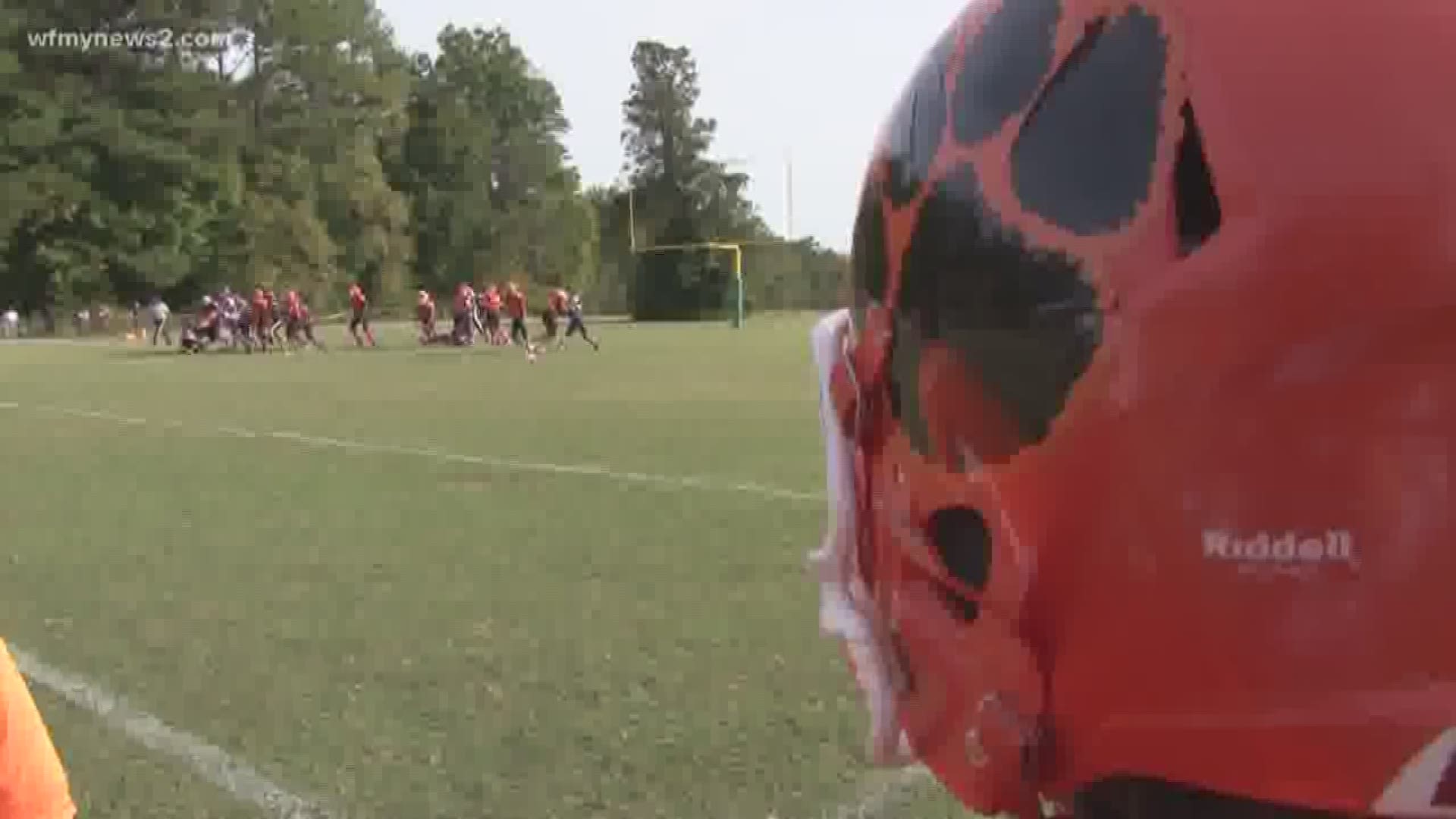CHAPEL HILL, NC -- A University of North Carolina football player is saying goodbye to a dream of playing football professionally so he can concentrate on his health.
In an Instagram post on Wednesday, UNC offensive guard Tommy Hatton announced his retirement from football due to medical issues related to multiple concussions.
The redshirt sophomore played nine games and started eight in 2016.
Hatton did not play in 2017 after suffering his fourth concussion during pre-season practice last August.
There have been several NFL players who retired early after suffering multiple concussions, but now the threat of brain injuries is impacting younger players.
As a result, WFMY News 2 is digging deeper into concussion safety on the football field.
In a two-part study orchestrated by Wake Forest Baptist Medical Center, doctors analyzed high school and youth football players and the impact that the game had on their brain.
They found that kids who have a history of concussion and high impact exposure undergo brain changes after just one season of play.
With the growing concern about concussions and brain injuries, Robbie Patterson with the Piedmont Youth Football and Cheer League says some players are less likely to take the field.
"We've had kids that have left within the first two weeks because they watch the concussion movie or saw some information, the kids themselves when looked at some information online and decided that football wasn't for them. That's not a bad thing,” said Patterson. “If it's not for you, you don't need to be out there because it is a violent sport. In order to be safe, you have to be 100% in."
Patterson says the players in his organization were part of the year-long study with Wake Forest Baptist Medical Center.
All players were outfitted with special helmets with sensors that measure the magnitude, location, and direction of impacts to the head.
Doctors used that info to calculate the risk of concussion exposure for each player.
Patterson says new technology in the equipment that football players use today has helped curb brain injuries but he says the best method of prevention is education.
"We are doing the best we can to educate our coaches, we are doing the best we can to fit them with the proper equipment, we're doing the best we can to make football a safe sport,” said Patterson. “But if your child is not 100% in or if you are not 100% in with your child playing, then go with your gut."
At the high school level and in most youth football leagues, coaches have to be first aid certified and go through training on how to deal with head injuries before the start of every season.
As an alternative option, the Piedmont Youth Football League is working now to organize a 7-on-7 non-contact football league for the spring.

